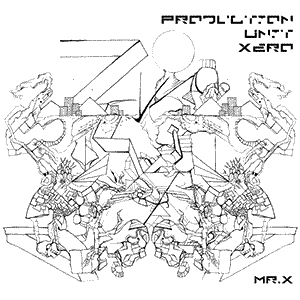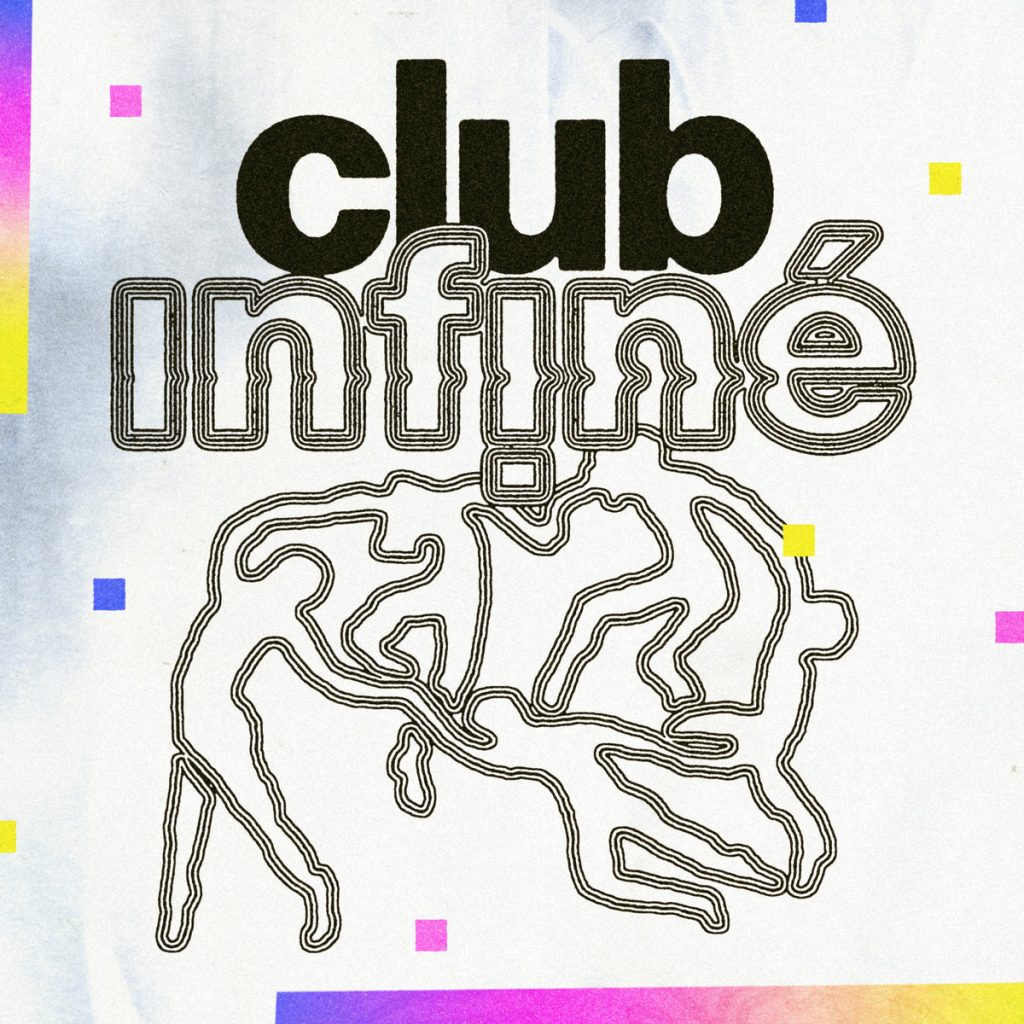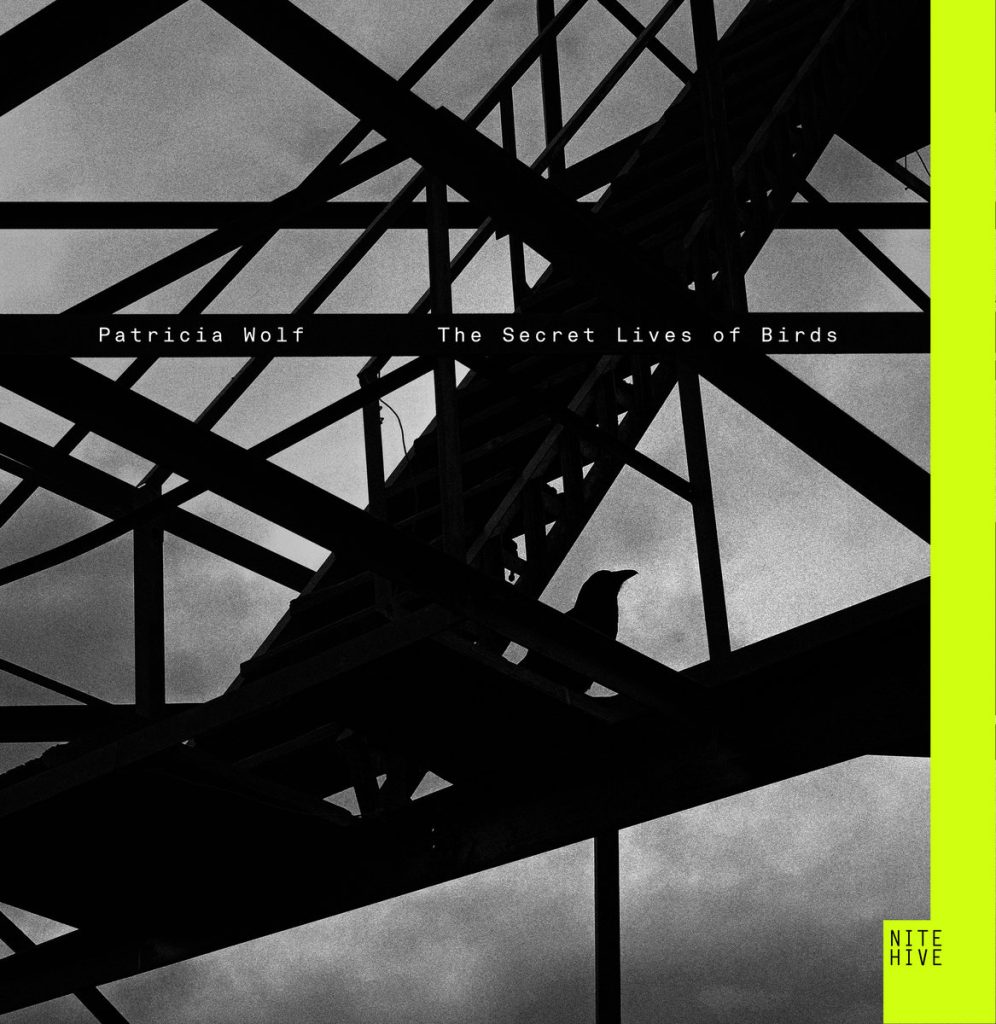What is Minimal Techno?
Exploring Minimal Techno: The Subtle Pulse of the Underground
In the vast landscape of electronic music, Minimal Techno emerges as a genre that revels in subtlety and restraint, distinguishing itself from more ostentatious forms of techno through its sparse compositions and nuanced soundscapes. Originating in the early 1990s, Minimal Techno has evolved into a distinct musical expression, combining elements of ambient music, Detroit techno, and microhouse. This genre provides listeners with a hypnotic experience, characterized by repetitive beats, subtle shifts in texture, and a focus on atmosphere over melody.
Origins and Evolution
Minimal Techno, often simply called “minimal,” found its early roots in the techno scenes of Detroit and Berlin. Influenced heavily by the pioneering work of Detroit techno artists like Robert Hood and Daniel Bell, minimal techno stripped away the lush, layered sounds of traditional techno to focus on the bare essentials. Robert Hood, in particular, played a pivotal role in shaping the genre by using minimal structures to achieve a more potent rhythmic impact.
As the genre migrated to Europe, particularly Germany, producers began to infuse the style with their unique influences, leading to a sound that was as cerebral as it was visceral. Berlin, with its burgeoning club scene in the post-reunification era, became a hotbed for minimal techno, with clubs like Tresor and Berghain providing a platform for the genre’s growth.
Musical Characteristics
Minimal Techno is defined by its economy of sound. Unlike traditional techno, which can often feature dense layering and robust crescendos, minimal techno opts for a less is more approach. Tracks are built around a skeletal framework of beats with subtle shifts in timbre and rhythm. These compositions often leverage the power of repetition, slowly evolving over time to create a trance-like atmosphere that is both meditative and engaging.
Synthesizers and drum machines remain the backbone of minimal techno production, with artists often favoring older Roland models like the TR-909 and TR-808 for their punchy, yet understated, sounds. The use of effects such as reverb and delay is common, adding spatial depth and texture to the tracks without overcrowding the sonic space.
Influential Artists and Albums
- Robert Hood – Often credited as one of the founders of the genre, Robert Hood’s album “Minimal Nation” (1994) is seminal in the minimal techno oeuvre. This album showcases Hood’s stripped-down approach, focusing on rhythmic loops and sparse synths to create a powerful yet understated musical narrative.
- Ricardo Villalobos – As one of the most influential figures in the minimal techno scene, Villalobos is known for his intricate compositions and unique use of natural and synthesized sounds. His album “Alcachofa” (2003) is a landmark in the genre, celebrated for its innovative use of texture and rhythm.
- Plastikman (Richie Hawtin) – Richie Hawtin’s work under the Plastikman moniker, particularly the album “Sheet One” (1993), is pivotal in defining the sound and aesthetic of minimal techno. His use of acid synths and minimal percussion helped shape the contours of the genre.
- Dubfire – As one half of the duo Deep Dish, Dubfire’s solo work in minimal techno is marked by a dark, pulsating energy that is encapsulated in his work “RibCage” (2007), an album that pushed the sonic boundaries of minimal techno with its complex textures and deep basslines.
The Role of Technology
Advancements in digital audio technology have played a significant role in the evolution of minimal techno. The use of digital audio workstations (DAWs) and various plugins has allowed producers to manipulate sounds with greater precision, crafting tracks that are both sparse and sonically rich. This technological progression has also democratized music production, enabling a wider range of artists to contribute to the genre’s development.
Global Influence and Cultural Impact
Minimal techno has not only been a staple in clubs around the world but has also influenced various other genres of electronic music. Its emphasis on rhythm and texture over melody has inspired artists across the electronic music spectrum to experiment with more stripped-down, rhythmically focused compositions.
Furthermore, the genre’s aesthetic and ethos have permeated various forms of media, influencing the sound design in films, video games, and art installations. The minimal techno sound, with its understated yet impactful approach, continues to resonate with audiences seeking a deeper, more introspective electronic music experience.
Continuing Sonic Journeys
As we continue to explore the depths and nuances of minimal techno, the genre serves as a reminder of the power of restraint in music. Through the meticulous crafting of beats and the thoughtful modulation of sound, minimal techno artists create immersive worlds that invite listeners to lose themselves in the rhythmic intricacies. This genre not only challenges our perceptions of dance music but also offers a window into the vast possibilities of sonic exploration within a minimalistic framework. The subtle shifts and nuanced progressions characteristic of minimal techno not only engage the listener but also elevate the listening experience, making it a reflective and almost meditative practice.
Innovative Sound Techniques
The textural richness of minimal techno is achieved through a variety of sound manipulation techniques. The genre often employs microsampling, where tiny fragments of sound are looped and layered to create complex rhythmic patterns from seemingly simple sources. This technique emphasizes the genre’s ability to find depth and variation within a limited sonic palette, turning minimal elements into a complex auditory tapestry.
Side-chaining and compression are also commonly used to create the pulsing, breathing dynamics that give minimal techno tracks their characteristic groove. These production techniques allow the kick drum or other percussive elements to subtly dominate the mix, creating a compelling push-and-pull effect that drives the track forward while maintaining its minimalist integrity.
Cultural and Club Influence
In club settings, minimal techno provides a unique atmosphere that stands in contrast to more overtly energetic electronic dance music genres. Its hypnotic rhythms and deep, rolling basslines create an immersive environment that encourages sustained dancing and listening, often leading to a trance-like state among club-goers. This has made minimal techno a favorite for late-night sets, where the focus shifts from high-energy spectacle to deeper, more introspective auditory experiences.
The genre’s influence extends beyond the club scene into art galleries and fashion shows, where its understated elegance and sophisticated rhythmic structures make it an ideal backdrop for creative and avant-garde presentations. This versatility highlights minimal techno’s wide appeal and adaptability, underscoring its relevance in various artistic and cultural contexts.
Top Albums and Tracks
Expanding on the foundational works mentioned, the genre has seen numerous standout albums that have pushed minimal techno in new directions:
- Marc Houle – “Undercover” (2012): Houle’s album blends classic minimal techno sounds with quirky, off-kilter melodies, showing the genre’s capacity for playful yet introspective expressions.
- Pantha du Prince – “Black Noise” (2010): This album integrates natural sounds with minimal techno beats, offering a sonic landscape that is both organic and meticulously crafted.
- Minilogue – “Animals” (2008): A monumental double album that explores the boundaries of minimal techno and progressive house, known for its elaborate compositions and fluid movement between atmospheric and rhythmic extremes.
Future Directions and Artistic Potential
As technology continues to evolve, so too does the potential for innovation within minimal techno. Artists are increasingly experimenting with AI and machine learning to generate unique sounds and rhythms, opening up new possibilities for creativity within the genre’s minimalist framework.
The global nature of the music industry also suggests that minimal techno will continue to incorporate diverse influences, from traditional music forms around the world to contemporary global sounds. This ongoing fusion of styles and ideas not only ensures the genre’s continued evolution but also its relevance to new generations of listeners and creators.
By consistently finding the infinite within the finite, minimal techno challenges listeners to rethink the possibilities of music. It invites us into a world where less is more, and where each beat, each note, and each silence plays a critical role in crafting the overall experience. As we delve deeper into the soundscapes of minimal techno, we discover not just a genre but a philosophy of music—one that values space, subtlety, and the profound impact of restraint.




